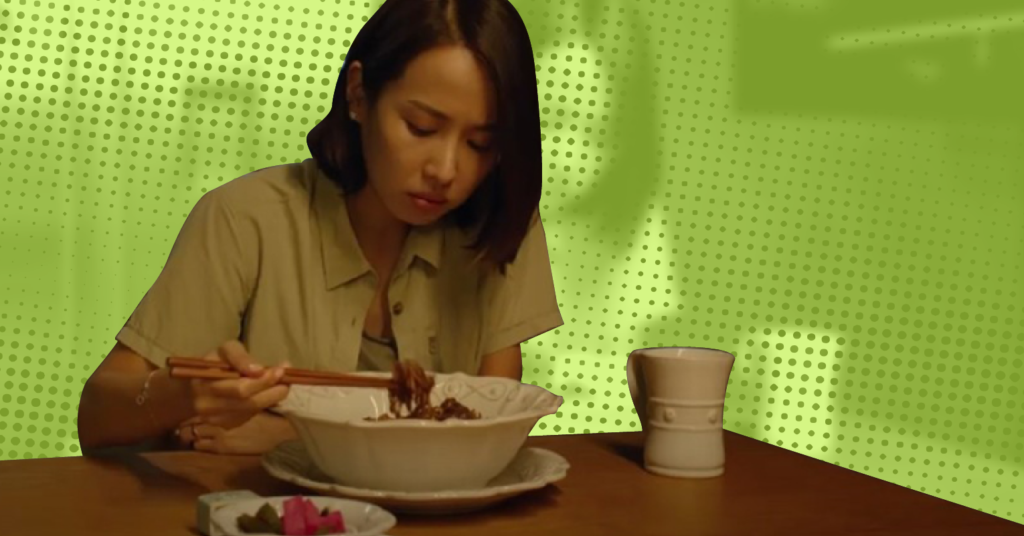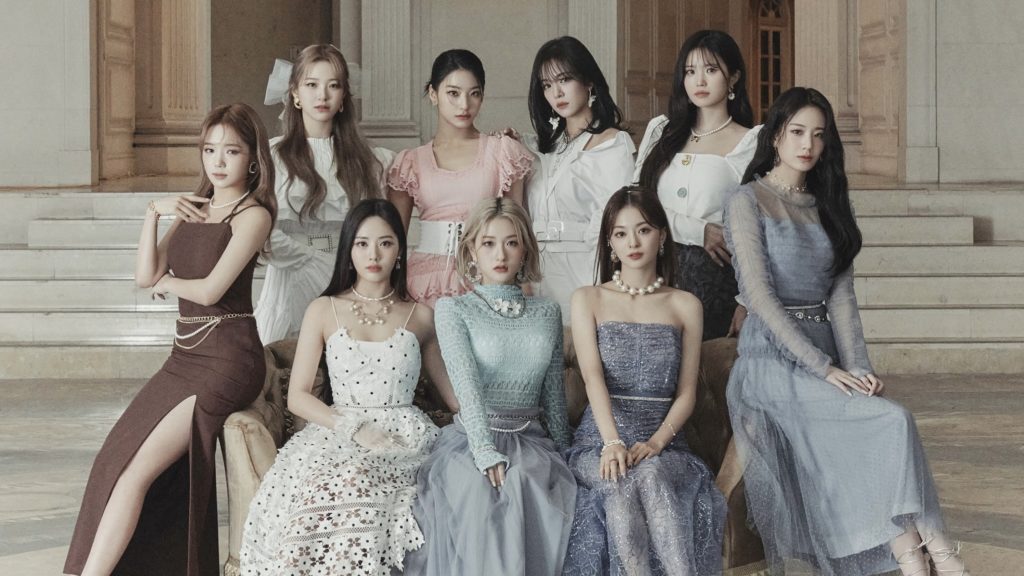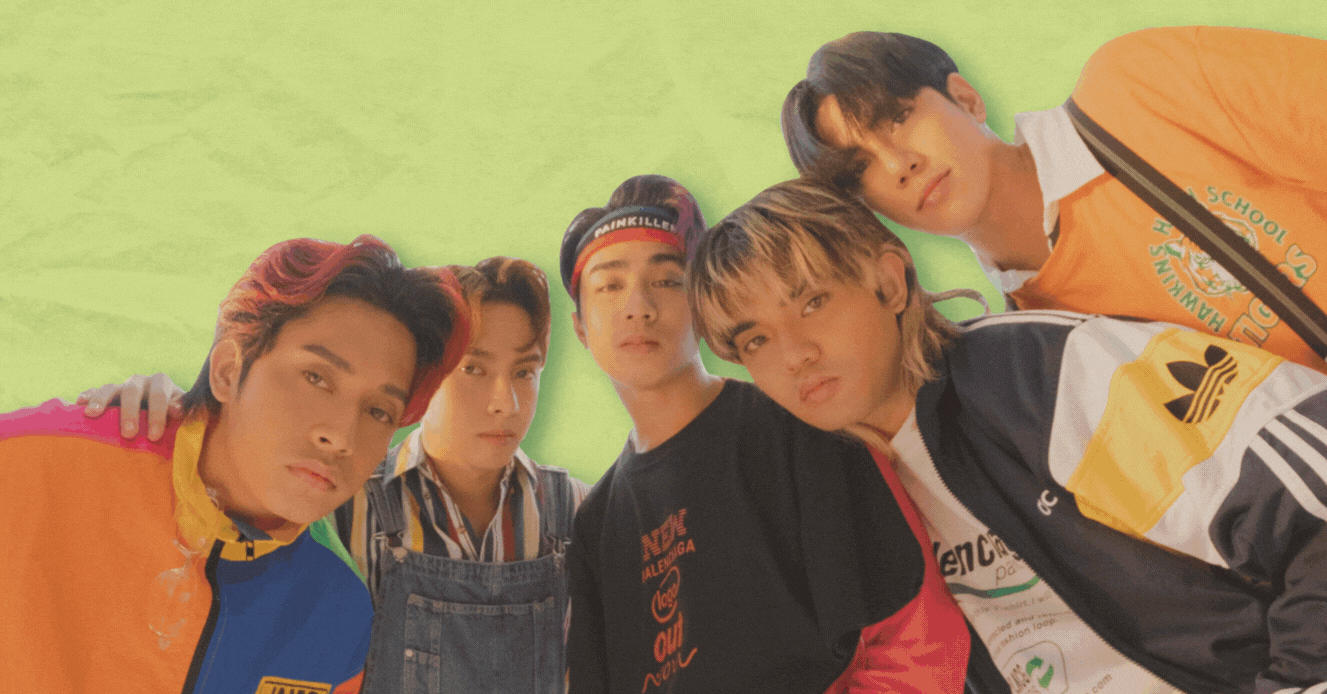Ready for Ramyeon? A Guide to Understanding Food in K-dramas

How often do you see ramyeon (라면) featured in Korean dramas? Whether featured alongside a detective in a private investigation room or during a late-night snack back at home as comfort food, ramyeon is undoubtedly one of the most widely featured food items in Korean media. However, what can we extract from ramyeon aside from it being a filler for our late-night cravings?
Food as Visual Metaphors
Ramyeon, or ramen, can be traced back to Chinese roots in the 1800s. As Chinese people immigrated to Japan, they brought their noodles and opened up mobile pushcarts to serve the frugal working class. What was once seen as a cheap food item was quickly popularized by 1918, when ‘dragon noodles’ (dragon referred to the Chinese) were officially acknowledged as “ramen” during the Taisho era. Now, ramen has become a mass-produced product that is both convenient and accessible all due to its affordability and variety of flavors provided by different brands worldwide. If you look hard enough, you can find your ideal ramen flavor as you scavenge through Asian supermarkets or try out secret idol recipes like Chenle’s Ramyeon recipe featuring eggs, tomatoes, and Lao Gan Ma!
In general, we can see the interest in ramyeon grow with Samyang’s Buldak (Hot Spicy Chicken) ramyeon challenge that sent a majority of people into a milk-drinking frenzy on the internet at its peak in 2021.
In the movie Parasite by Bong Joon-Ho (2020), ramyeon was used as a social status indicator through the famous feature of ‘Ram-don,’ a hybrid dish featuring udon and ramyeon that allowed viewers to visualize the wealth gap between Mrs. Kim and the Park family. Instant noodles indicated a poor financial background compared to the upper classes that are often indulging in foods of better standard, such as organic foods. Ramyeon is also often eaten by college students, as featured in Weightlifting Fairy Kim Bok-Joo (2016) and True Beauty (2020), as it is an economical option for students to make when deciding to have a small snack while staying within their monthly budgets.
At times, ramyeon can also symbolize loneliness and desperation, as highlighted by Antonetta L. Bruno, Professor of Oriental Studies at Sapienza University of Rome, “Children eat ramyeon alone because their parents are at work.” She also uses the example of the film, The Show Must Go On (2007), directed by Han Jae Rim in her argument to emphasize how the use of ramyeon contributed to the more significant problem that the film was addressing, regarding ‘wild geese fathers’ (기러기 아빠, gireogi appa); wild geese parents refers to a physical separation between the children and the parents, and that parents would only get to see children occasionally as there is a significant distance between them.
With widespread media phrases emerging, such as “Netflix and chill,” ramyeon also gained a new definition in K-dramas, as seen in the drama, What’s Wrong with Secretary Kim (2018). Character Kim Mi-so invited Lee Young-jun over for ramyeon before the scene cuts to a comedic deeper analysis between Young-jun and his friend on the deeper meaning of “Want to eat ramen before you leave?”
Glocalization of Korean Food
Through the help of Korean pop culture, Korean food, not limited to mass-produced food items like ramyeon and soju, has successfully glocalized worldwide through the visualizations provided by Korean media in films, variety shows, and beloved dramas. Glocalization, which is a term originally modeled on the Japanese word, dochakuka (土着化), means to adapt a farming technique to one’s own local environment. Korean food is glocalized in local communities worldwide through accommodation, hybridization and transformation.
Our favorite mukbang scenes in K-dramas drive our hunger cues and determine what we would like to eat for our following meals but they are also crucial for promoting Korean culture and how to eat certain foods. Viewers can transcend language barriers even when we might not understand what foods taste like for example, the different textures of noodles are described by ‘구수하다’ (gusu-hada), but as there is no direct translation for the term in English, it is difficult for non-natives to understand what ‘구수’ describes. As we watch our favorite actors and actresses slurp their noodles, we become familiar with the action and unconsciously do it as well!
When we do decide to try out Korean food and participate in the culture that we have discovered through the enticing world of Korean pop media, we are putting ourselves through a similar experience to what we have watched in K-dramas and hence, engaging in a stronger bond with the drama and the story. As Antonette L. Bruno highlighted, “On screen, the camera focuses on the food’s taste and its whole set of meanings. Off-screen, in the real world, food becomes an active subject that influences the transformation process involving all senses, especially taste perception, which enables its popularity to spread.”
Let-tuce Wrap Up
Food is an essential part of our lives as we connect with it often at multiple times of the day and see it through K-drama and media. However, we should also remind ourselves that food is essential in understanding the histories of different places and diasporas and accentuating storylines in dramas by symbolizing one’s social status or implying one’s emotional state. By further engaging with different cultures, we are nourishing not only our stomachs but our minds! Next time, while waiting for your ramyeon to cook, think about where it fits in your own story.
Want more from ACT!ON? Check out what to watch next from Netflix TUDUM here!



